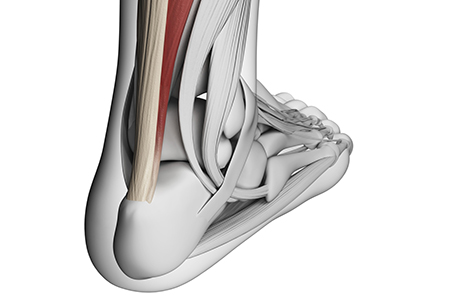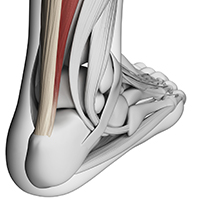The study used samples taken from young and old horses, which have similar tendon properties to those of humans
University of Liverpool scientists have examined the mechanisms that cause ageing in the tendons of horses, opening up the possibility of better treatment for humans.
It has been understood for many years that tendons are highly prone to injury and that this likelihood increases as they age. Why this happens, is currently poorly understood
Now, using samples taken from young and old horses, which have similar tendon properties to those of humans, the team of researchers, which also included scientists from Queen Mary University of London, performed a range of tests to profile the types, quantities and proportions of proteins present in the tendon.
“We’re now starting to get to the ‘why’ of this process by showing that the proteins produced by the cells to repair damage alter as we get older.”
The findings of this research also showed that certain protein fragments appear in greater quantities in older horses, suggesting that they are released as the tissue is slowly damaged over time.
In contrast, damaged tendons in younger horses were found to contain more of the proteins used in healing than the damaged samples from old horses, suggesting that healing also slows with age.
Professor Clegg said: “This now opens up the possibility of better treatment and prevention strategies to address tendon injuries in both man and veterinary species such as the horse.”
The study, ‘Proteomic analysis reveals age-related changes in tendon matrix composition, with age-and injury-specific matrix fragmentation’, was published in the Journal of Biological Chemistry. It was funded by the Horserace Betting Levy Board, Wellcome Trust and the Biotechnology and Biological Sciences Research Council (BBSRC).

